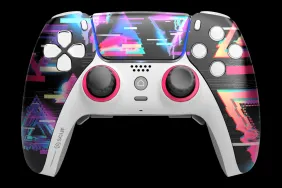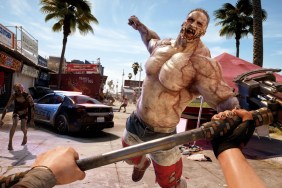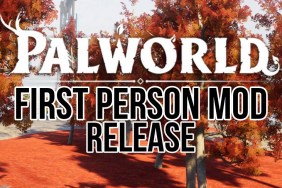You dirty, dirty paddle, you!
If you can remember dropping quarters or firing up your Atari 2600 to play a round of Breakout or Arkanoid, congratulations! You are part of the demographic that we now affectionately refer to as “old”. And if you still frequent websites like GR, well, you’re probably going to be buried with a controller in your hands after bouts of senility where you see little plumbers running around the home stomping on bad mushrooms (possibly after eating some bad mushrooms yourself).
[image1]But never fear, because it’s gamers like you for whom products like Shatter are made. That’s not to say that a kid wouldn’t enjoy it, even if he never banged his head against a pizza parlor wall after coming short of the high score by 100 points, but we all know the extra fun factor that just a tinge of simple nostalgia can bring.
Shatter is your standard Breakout clone with quite a few twists thrown in to update it — not the least of which are the vibrant, smooth graphics and pounding techno soundtrack. For one thing, not every stage is the same shape; sometimes you’ll face right, sometimes you’ll face up, and sometimes you’ll be in a spherical stage where the ball ricochets off the edges of the circle. It all makes for some unpredictable, attention-grabbing angles.
Typical and rather unremarkable powerups will sometimes fall your way if you can grab them. Broken blocks release shards that float around and charge up a power bar if you suck them in (more on that later). With the power you’ve built up, you can activate a shield or, more likely, release them in a single special attack called a Shard Storm that decimates anything in front of you.
[image2]Now we get to the meat and potatoes of the gameplay additions, and I’ll try to handle this with as much dignity as possible. You can hold down a button to “suck” objects into your paddle, and another to “blow” air out of your paddle. No, Sidhe didn’t bother coming up with thinly-veiled euphemisms, like “vacuum” or “expulsion” (come on, it took me all of three seconds to think of those!). It’s right there in the tutorial. Suck and Blow.
And while you play this game, you’ll channel your inner Paris Hilton and be Sucking and Blowing pretty much all the time (all right, screw dignity). Those two abilities are crucial because they change the trajectory of the ball, allowing you to fine-tune your shots with enough practice to, say, hit that last annoying brick or aim for a boss’ weak point. Sucking and Blowing are such important mechanics that they really carry Shatter to a point where it doesn’t feel like a Breakout clone at all, and you’ll wonder how you ever played one of these games without them.
As I just mentioned, there are bosses, and most of them are pretty damn cool. Some have devious weak points that you really have to work to uncover; the later bosses can actually be very challenging.
After beating the 10 worlds in Story mode (story, seriously?), you can try your hand at Boss Rush in addition to Endless, Time Attack, and Bonus modes. It’s not a whole lot of replay value, but it’s something — and for a $10 retro-inspired arcade-style game, that certainly doesn’t suck. Or blow.
-
Enough twists to keep an old formula fresh
-
Cool boss fights
-
Naughtily named gameplay mechanics











